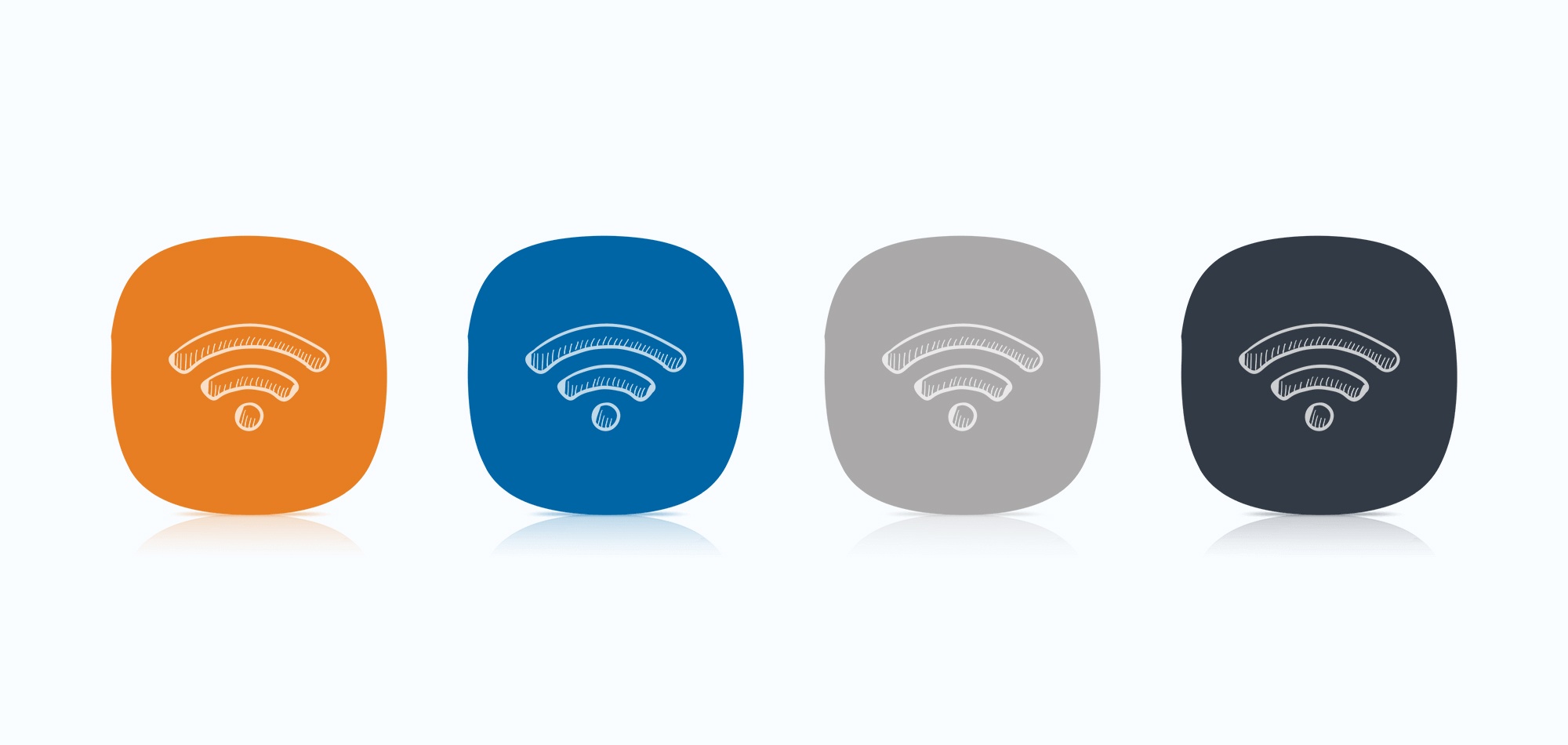If you want happy, productive employees, guests, or customers, that think highly of your brand or business, then you need to provide them with fast, reliable Wi-Fi.
Trust me, I've worked in offices where the wifi was terrible. It wasn’t only an impediment on my capabilities to get my work done, but it seriously grated on my last nerve. No employer wants dissatisfied employees, and no one likes work turned in late.
Upgrading or deploying a totally new wireless system, can be a daunting task--especially if you don’t know what you need.
Wireless networks or systems as they should be called, aren’t made up of one product and they’re success doesn’t come down to just one either.
Successful wireless systems consist of the right components all working together to achieve the best results.
One of the main components that most businesses ask us about are access points. Specifically, everyone wants to know what type do they need and how many?
This is a bit of a loaded question but we’ll try to help you make sense of it all by covering the various factors that we use to deliver the optimal results both you and your end-users need.
How Many End-Users Can Each AP Support?
Answering the question how many end-users can a wireless access point handle, can be difficult, especially since each WLAN design is different. There isn’t a singular answer.
The enterprise grade access points we deploy have higher client thresholds, and provide other capabilities like intrusion detection & prevention as well as spectrum analysis and load balancing.
This means these types of access points are not like the residential APs you have at home. They can handle more devices, provide security as well as make performance adjustments in real-time.
A lot of designs are outdated and were created when coverage was thought to be the most important factor. However, most people today carry at least 2-3 devices with them at all times and each one of those devices has a different impact on the performance of your network.
With increasing numbers of devices and programs like BYOD and the IoT, planning for capacity has become an essential part of every wireless system today.
Watch the video below to learn more about capacity and why it plays such a critical role in delivering a productive wireless experience to your end-users.
What Type of Access Points Do I Need?
There are literally hundreds and hundreds of AC certified devices being used today, and all of them can benefit from the deployment of wave 2 AC access points.
These types of APs offer faster speeds, increased reliability, and better support for high-density areas.
Apart from speed, there are 3 main features that separate wave 2 APs from its wave 1 predecessor:
- MU-MIMO
- 4 spatial or data streams
- 160 MHz channels
What does this mean for your business?
With the right design in place, wave 2 access points can offer better performance using fewer APs, which helps boost productivity, efficiency, user satisfaction rates and ultimately your bottom-line.
However, there are many factors that can impact the performance of your new access points.
Watch the 2 min video below to learn more about what those factors are.
So, How Many Access Points Do You Need?
Too many access points can be just as bad if not a worse situation than having too few.
Blindly throwing up access points in each room is rarely a good idea unless the environment or WLAN design calls for it.
The notion that more is better, especially when it comes to access points is a huge mistake.
You don’t want an over or under engineered design, you want the one that fits just right. We see this a lot with designs that were based on free software; ultimately requiring the business to give us a call to come out and fix the problem.
In K-12 schools there is a debated design methodology that involves placing one access point in each classroom.
While this issue is focused on K-12 wireless deployments, there are many best practices that everyone can take away from this debate.
Check out the video below to find out why we disagree with the so-called "one AP per classroom" design methodology.
The topic of having the right wireless network design, brings us to another critical component that impacts just how many access points you’ll need, and that’s choosing the right wireless service provider to partner with.
To do this, here are some questions you should ask any prospective partner to find out if they’re the right fit for the project:
- What certifications does the engineer have that is approving the design?
- What type of RF design software are you using?
- What software will you use to validate the system after installation?
- What kind of network management system will you use to monitor performance on an on-going basis?
Unfortunately, there are a lot of companies out there that are just trying to move units and sell products, regardless if it’s right or needed.
There’s also a lot of others out there that don’t truly understand how to design a secure wireless system, so make sure you do your homework before you give the green light.
Next Steps
Whether you’re upgrading your existing network or adding wireless for the first time, your access points will play a major role in how productive your end-users (guests, customers, employees) will be as well as how they will view the quality of your business.
This comes down to how well your wireless system has been engineered (designed), deployed, and managed (supported).
Wireless has become a utility, like electricity; it’s required for every business to operate today. Get it wrong and its like turning the lights out on your employees, guests or customers, and nobody can afford to have that happen.




![What’s the Difference Between 802.11ac Wave 1 and Wave 2? [FAQ’s]](https://techgrid.com/hubfs/whats-the-difference-between-802.11ac-Wave-1-and-Wave-2-FAQs.jpg)
